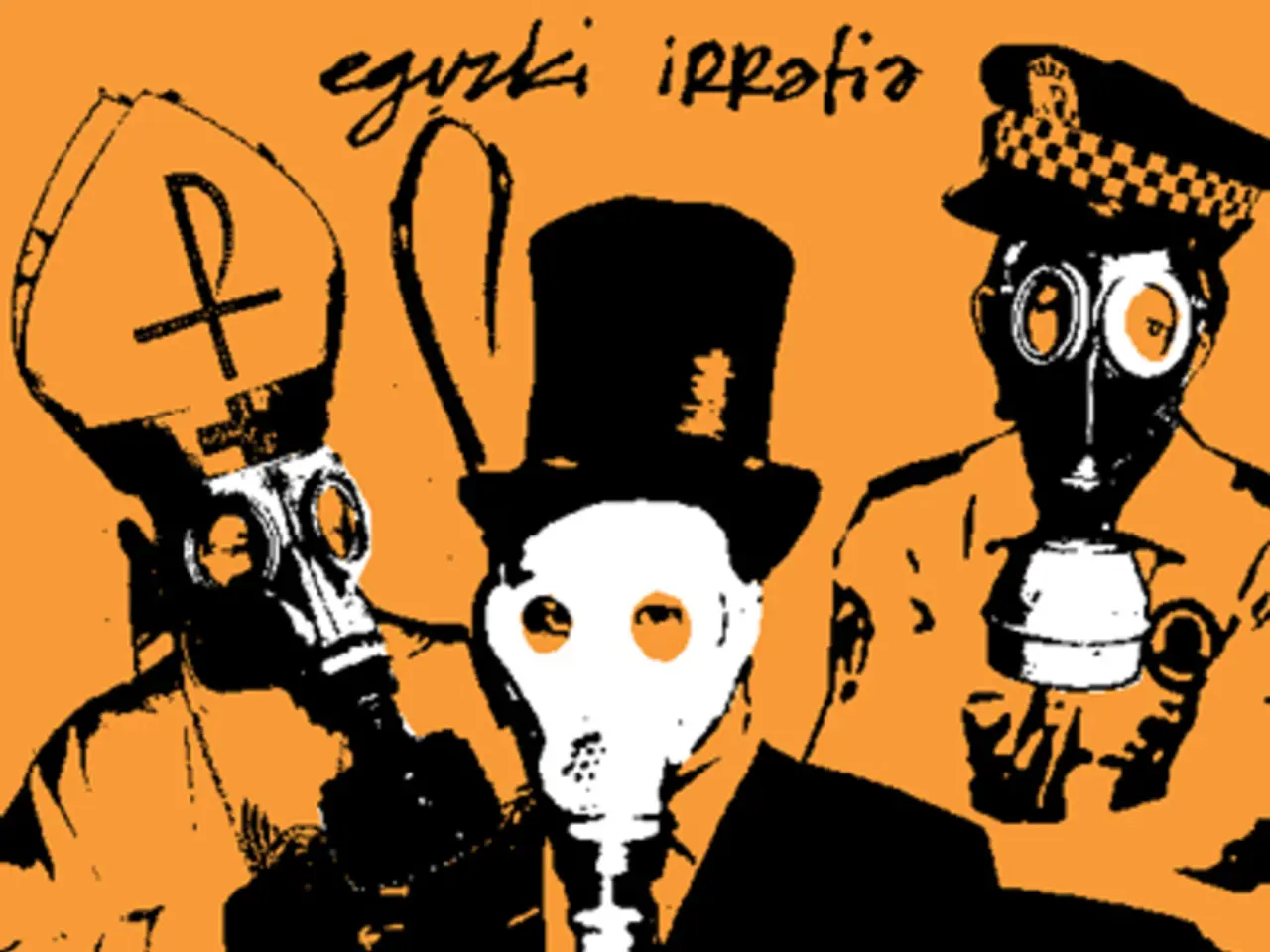Exploring the Concepts of Series and Parallel Connections in Electrical Networks
### Unraveling the Essentials of AM Transmitter Components
In the intricate world of radio broadcasting, a myriad of components work in harmony to ensure clear and efficient transmission. Among these, **resistors, capacitors, inductors, and other elements** play pivotal roles in AM transmitter sites, particularly in antenna phasors, antenna coupling units, filters, and transmitters.
### RF Capacitors: The Tuning Trio
- **Tuned circuit components:** RF capacitors, in conjunction with inductors, form resonant (tuned) circuits in antenna phasors and coupling units. These circuits select or resonate at desired frequencies by storing and exchanging energy between the capacitor's electric field and the inductor's magnetic field. This allows the transmission system to efficiently radiate or receive signals at a specific AM carrier frequency, while suppressing undesired frequencies.
- **Impedance matching:** In antenna phasors and coupling units, RF capacitors adjust the reactive component of the antenna system’s impedance. This matching reduces reflected power and maximizes power transfer from the transmitter to the antenna, preventing energy loss and protecting transmitter components.
- **Filtering:** In transmitter filters and antenna coupling units, RF capacitors contribute to low-pass or band-pass filter networks. These filters eliminate unwanted harmonics and spurious signals, ensuring a clean transmission spectrum that complies with regulatory standards and minimizes interference to other spectrum users.
- **Signal stability and phase control:** In antenna phasors, which control the phase and amplitude of RF signals feeding different antenna elements (for example, in directional antenna arrays), capacitors provide precise phase shifts and amplitude balancing. This ensures the correct antenna radiation pattern to optimize coverage and signal quality.
### Other Key Components and Their Roles
- **Inductors (coils):** Work with capacitors to form resonant circuits, tuning circuits, and filters. Their combination defines the frequency response of the system.
- **Diodes:** In transmitters, diodes can serve in envelope detectors or protection circuits, converting RF signals or protecting components.
- **Transmission lines:** Connect components, sometimes incorporate reactive elements for impedance transformation or filtering effects.
- **Active components (transistors, amplifiers):** Amplify RF signals before feeding the antenna or after coupling units to ensure sufficient radiated power.
### Significance
- **Efficient frequency selection and transmission:** By precisely tuning the system using RF capacitors and inductors, an AM transmitter achieves efficient radiation at the desired carrier frequency, reducing interference and power loss.
- **Signal quality and compliance:** Filters using RF capacitors ensure transmitted signals meet spectral purity requirements and reduce harmonic emissions.
- **System protection and longevity:** Proper impedance matching reduces stress on transmitters and antennas, preventing damage and increasing reliability.
- **Control of antenna patterns:** Capacitors in antenna phasors enable sophisticated control over antenna arrays for improved coverage and interference management, critical for broadcast quality.
In essence, **RF capacitors together with coils and other components enable the selective tuning, impedance matching, filtering, and phase control essential for efficient, high-quality AM transmission at every site component from the transmitter to the antenna system**.
It is essential to note that no two capacitors are identical, and a small tuning difference may occur even when replacing a single capacitor with a factory new one. This underscores the importance of understanding the basics of resistors, capacitors, and inductors to diagnose and solve engineering problems in the radio broadcast world.
Furthermore, a 600-ohm terminating resistor is required for an audio output transformer to keep the frequency response in factory specification. Understanding the behaviour of resistors, such as their resistance not changing with frequency, can help in troubleshooting and maintaining equipment.
In some cases, troubleshooting a capacitor might involve investigating the circuit design or consulting a professional if the same capacitor fails twice. A failed .001 mfd capacitor can be replaced by two .002 mfd capacitors connected in series, each handling half of the circuit voltage and RF current.
Lastly, an audio attenuator or two can be used to reduce the level of an audio signal that is too high for some equipment. A simple series resistor circuit, such as a voltage divider, can be used to reduce the audio level to half of the input, which is 6 dB lower.
Sources: [1] "Let's Talk About Some Basics of Audio for Radio" [2] "Designing AM Transmitter Filters" [3] "RF Tuned Circuits and their Applications in Radio Broadcasting" [4] "Transmission Line Theory and Practice" [5] "Transmitter Circuit Design for AM Radio"
- Broadcast engineering involves a multitude of components, including RF capacitors, inductors, and tuned circuit components, that are crucial in AM transmitter sites, specifically in antenna phasors, filters, and transmitters.
- RF capacitors, when combined with inductors, form resonant circuits in antenna phasors and coupling units, which select the desired frequencies and efficiently radiate or receive signals at a specific AM carrier frequency.
- In antenna phasors, RF capacitors provide precise phase shifts and amplitude balancing, ensuring the correct antenna radiation pattern to optimize coverage and signal quality.
- Filters using RF capacitors in transmitter filters and antenna coupling units eliminate unwanted harmonics and spurious signals, ensuring a clean transmission spectrum that complies with regulatory standards and minimizes interference to other spectrum users.




